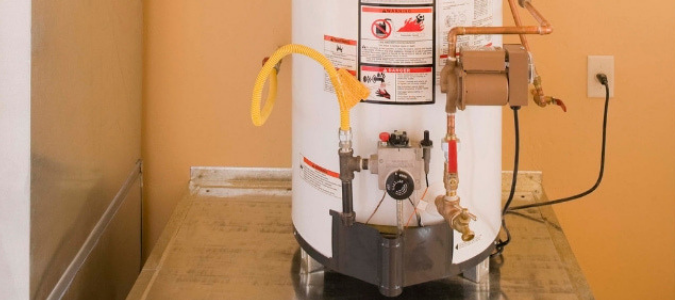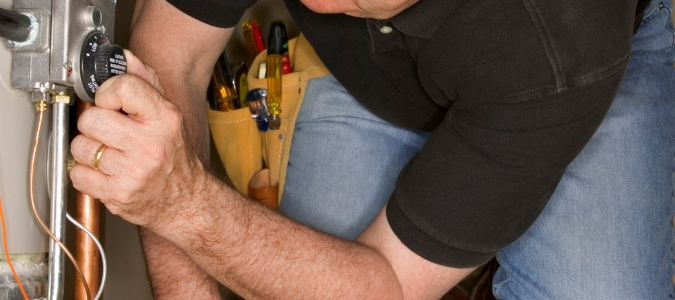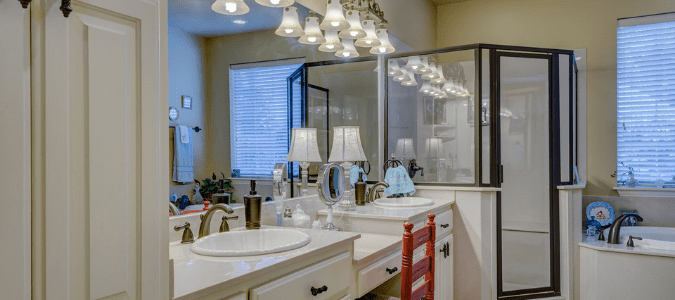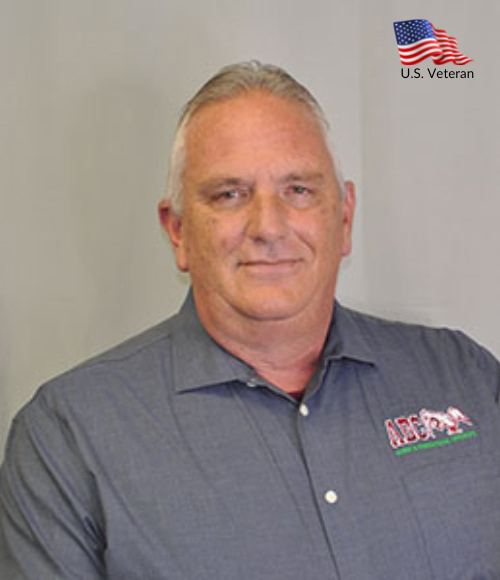Have you ever been in the middle of a nice warm shower or finishing a load of dishes and had the water turn cold? The first thing that probably comes to mind at such a time is “Uh oh! The water heater!” What isn’t as immediately obvious is why the heater isn’t doing its job.
You don’t realize how important a water heater is until it stops working. So, it makes sense that you want to get it functioning again as soon as possible. As with many appliance issues, there isn’t just one reason your water heater would stop warming up the water.
Thermostat
This part isn’t usually a big problem, but you should consider it when you have no hot water in the house. An issue with the thermostat in a single-element unit will mean that your home isn’t getting any hot water. In a double-element unit, the upper thermostat will shut off and route power to the lower thermostat when water in the top tank gets hot. You’ll still get some hot water if the lower thermostat goes out, but if the upper element stops working, so will your hot water.
The reset button, also called the high-limit switch, keeps your water from getting hotter than 150 degrees. The button continually popping out likely means that your water temperature regularly exceeds that threshold. And that, in turn, is a good indicator that your water heater’s thermostat isn’t working. Your best bet if you suspect a faulty thermostat is to contact a licensed professional. They will be able to tell you exactly what is wrong. They can also fix it faster than you can DIY.
If you want to check on the thermostat’s health, you first need to turn off the breaker that corresponds with the water heater’s circuit. You will find that in the unit’s service panel. If you have an upper and lower heating element, take off the access panel to the upper one. Then remove the insulation and safety guard. The guard is plastic. Take care not to touch any electrical terminals or the wires inside the access panel.
Once you have done this, push the high-temperature reset button, which is generally red and above the upper thermostat. Then, replace the safety guard, insulation and the access panel. Only then should you turn on the circuit breaker. If that doesn’t do the trick and you still aren’t getting hot water, test both heating elements and replace them if needed.
Check the Light
Gas water heaters have a thermocouple or thermopile that lets the unit’s pilot light stay lit. As a safety measure, the gas valve closes when the light goes out so that gas doesn’t build up. A simple draft or disruption in gas service can cause the pilot light to go out, or it could be a faulty thermocouple or thermopile that extinguishes it. It could also be a bad gas valve. To know what is causing the light to go out and thus keep the appliance from heating your water, contact a licensed expert to go through all the possible scenarios.
Some gas water heaters have an electronic-ignition system that controls the ignition of the pilot light. This type of system relies on a sensor to measure the voltage. If clogged, the current cannot be read, and the water heater will not perform as it should. Cleaning the sensor usually fixes things.
Under Pressure
A loss of water pressure can cause a water heater to either partially or completely quit working. Such a pressure change can have several causes. One possibility is an issue with the TPR valve, or temperature-pressure relief valve, that leads to your hot water heater leaking. If the temperature or pressure of water rises too much, the valve should open. Putting in an expansion tank can give the added water from a rise in pressure a place to go. But if there is a big bump in the water pressure, the TPR valve will still open, and you will end up with a leak. Other areas to check in the event of low pressure are loose heating-element bolts, connections and fittings; bad gaskets; or a compromised water tank.
You can temporarily reduce the water pressure by lowering the water temperature setting. And, you can also help a leaky TPR valve by putting a bucket under it and flushing it out by opening the handle. But if it still leaks after all that, you are looking at a repair or replacement of the valve. Contact a licensed plumber to resolve the problem and solutions as quickly and safely as possible.
Not Enough Hot Water
Your water heater might be doing its job, but not well enough to keep the hot water flowing. Sometimes that means a cracked dip tube. That part pushes cold water into the bottom of your water tank for heating. When the tube begins to crack, or a hole starts to form, the incoming cold water might be then pushed through the top or middle of the heater’s tank. That’s the water that will be sent to your shower and all the faucets in your home. You can only fix this issue by replacing the dip tube, and for that, you will need a professional’s help.
Water Heater Maintenance Checklist
Water heaters generally last about 10 years or so. That makes it easy to assume they will keep chugging along without any attention. But, one of the best ways to avoid issues with your water heater is to be diligent about regular maintenance. Certain parts of the appliance need to be checked from time to time to catch a problem before it ends up leaving you with no hot water.
Make a plan to check out your water heater once a year. First, test the pressure-release valve. That is usually found at the top or side of the unit. Put a bucket under the discharge pipe and slowly turn the valve handle. If no water comes out, you need to replace the valve. Also, if the valve leaks after you test it, you should replace it.
The water heater’s tank can see a buildup of sediment, so draining it once a year is a good idea. Leaving the sediment to continue to build shortens the unit’s life and adds to your energy bills! Put a bucket under the drain valve and open the valve. Let the water run out of the tank until you no longer see any particles in the discharge.
If the valve won’t close after this maintenance task, go ahead and drain the tank entirely and then replace that drain valve. To get the water heater started again, open up the shutoff valve and then open a hot water faucet somewhere in your home. This gets any air out of the system. Then, you can turn on the power or light the pilot light, depending on which type of system you have.
It can be very easy to forget these tasks! To keep your water heater functioning well and your energy bills where they should be, talk with a licensed plumber about establishing a maintenance contract that will put the reminder and the work on someone else’s list.
Water Heater Won’t Start
If your appliance is powered by electricity, it might not be getting power at all, or you might have a tripped breaker. Check the breaker, which is often located near the water heater, whether it’s in your home or in the garage. If it has been tripped, switch the breaker off and back on. If it’s on and everything is plugged in as it should be, power likely isn’t the issue.
Try this sequence to get an electric water heater going again: Ensure the breaker connecting to the water heater is off. Check all the unit’s valves and faucets and close any that might be open. At that point, you can turn on the cold water so it can fill the heater’s tank. Once it’s filled, you can turn the breaker back on and see if that has done the trick.
Have a gas water heater that isn’t hot enough? It might not be getting gas. You will also need to take a look at the pilot light. It might have gone out for many reasons, and if it isn’t lit, the water heater will not work. That is due to safety features built into such systems to keep dangerous amounts of gas from building up.
Try these steps to start a gas water heating: Turn off the gas valve and find the burner for the pilot light. Light the pilot light and then hold the gas button in pilot mode. Only then, turn on the gas.
This process isn’t difficult, but it does take some coordination and timing. Remove any worry and get your hot water back on faster by calling in a professional plumber today!
ABC Can Help With All Your Water Heater Service Needs
Water heater problems can cause large disruptions in your day-to-day life. If you’re experiencing issues, contact ABC Home & Commercial Services. Our licensed professionals will efficiently fix any water heater issues you may be having.



